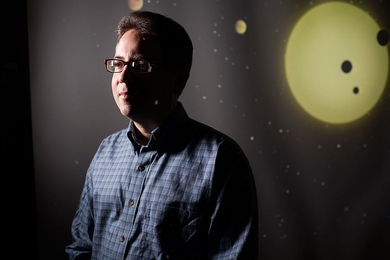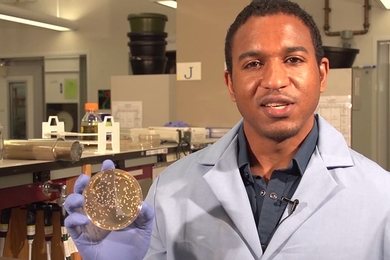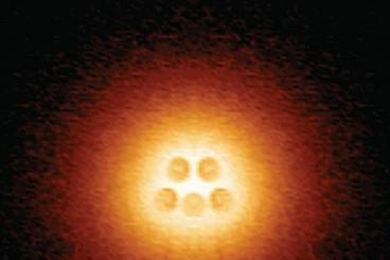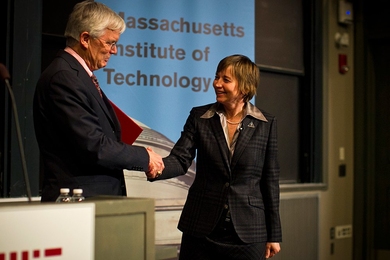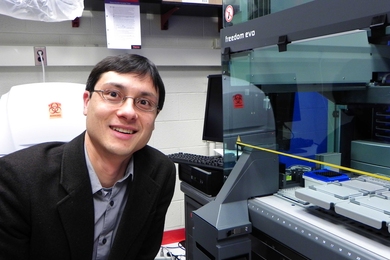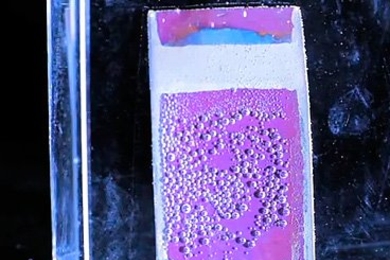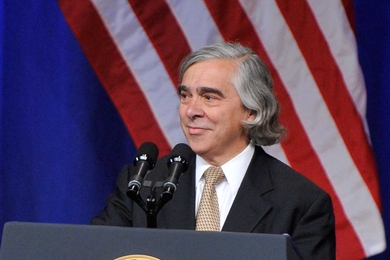Searching for solar systems like our own
Josh Winn’s hunt for exoplanets may someday reveal habitable, Earth-like worlds.
Researchers reverse Fragile X Syndrome symptoms in adult mice
Picower Institute neuroscientists use single dose of experimental drug; could prove promising for treatment of autism symptoms.
Four professors named 2013 MacVicar Fellows
Griffith, Miller, Schulz and Teng awarded the Institute’s highest undergraduate teaching honor.
Predicted state of atomic collapse seen for first time
Researchers observe a basic quantum-mechanical phenomenon theorized decades ago by pioneers of atomic theory.
Breaking down the Parkinson’s pathway
New study is first to analyze how affected brain cells respond during different behavioral tasks.
Boyden to share prestigious brain prize
Ed Boyden honored for his work on optogenetics; will share 1 million Euro prize with five other researchers.
3 Questions: MIT biologist on new resveratrol study
Link between the compound found in red wine and anti-aging protein offers support for drug efforts, Leonard Guarente says.
Mapping the early history of the moon
In 41st annual Killian Lecture, Maria Zuber describes looking deep into the moon’s interior to chart its early history.
MIT researchers develop solar-to-fuel roadmap for crystalline silicon
New analysis points the way to optimizing efficiency of an integrated system for harvesting sunlight to make storable fuel.
How the brain loses and regains consciousness
Study reveals brain patterns produced by a general anesthesia drug; work could help doctors better monitor patients.
MIT’s Ernest J. Moniz nominated Secretary of Energy
President Obama’s pick is head of the MIT Energy Initiative and a former undersecretary of energy.

